Blogs & News
We are focus on automotive wiring harness & connectors technology.
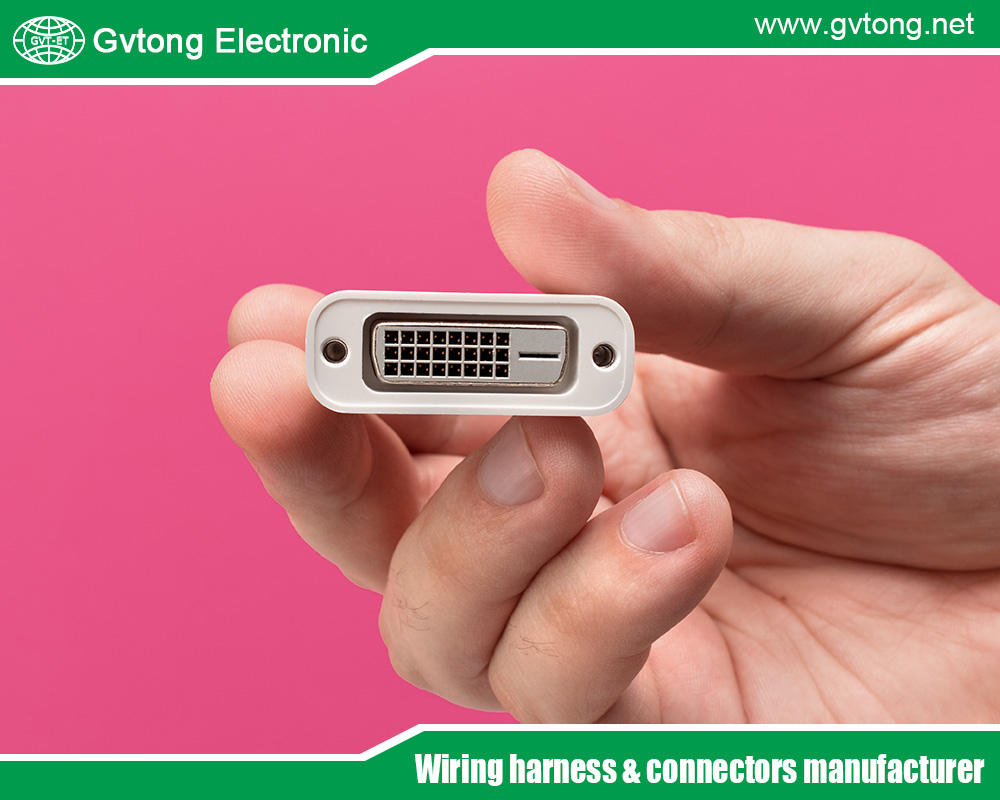
Scalable Automotive Modular Connectors: Perfect for EV BMS, Smart Cockpit & Ethernet Applications
- Gvtong Electronic
- 12 volt automotive wire connectors, 12 volt automotive wire connectors manufacturer, 2p 32p Automotive Connector Terminal Crimping, adas automotive connector, ADAS automotive connector manufacturers, ADAS automotive connectors supplier, Anti-vibration automotive connectors, Automated assembly connectors Cost-effective automotive connectors, automotive antenna connector, automotive camera connector, automotive coaxial connector, automotive connector, Automotive Connector and Cable Products, automotive connector manufacturer, automotive connector market, automotive data connector, automotive electrical connector, automotive high - frequency, automotive Low voltage connector, automotive modular connectors, automotive modular connectors manufacturer, automotive modular connectors supplier, automotive Oil-resistant Connectors, automotive power distribution, Automotive power distribution connector, automotive Signal Connector, automotive vibration - resistant, best high-reliability automotive modular connectors, high-reliability automotive modular connectors, modular connectors, scalable automotive modular connector, scalable automotive modular connectors
- No Comments
Scalable Automotive Modular Connectors: Perfect for EV BMS, Smart Cockpit & Ethernet Applications
In the rapidly evolving automotive industry, the shift toward electrification, autonomy, and connectivity has placed unprecedented demands on vehicle electrical and electronic architectures. Scalable automotive modular connectors have emerged as a critical technology to meet these challenges. These connectors are designed to be flexible, adaptable, and efficient, allowing manufacturers to customize configurations without redesigning entire systems. Unlike traditional fixed connectors, modular ones feature interchangeable components that can scale in terms of pin count, size, and functionality, making them ideal for diverse applications.
The rise of electric vehicles (EVs) has amplified the need for such connectors. EVs require robust systems to manage high-voltage batteries, integrate advanced driver-assistance systems (ADAS), and support high-speed data networks. For instance, Battery Management Systems (BMS) in EVs monitor cell health, temperature, and charge levels, demanding connectors that handle both power and data reliably in compact spaces. Similarly, smart cockpits—integrating infotainment, displays, and user interfaces—rely on modular connectors for seamless connectivity. Automotive Ethernet, a high-speed networking standard, further benefits from these scalable solutions, enabling data rates up to several gigabits per second for features like surround-view cameras and over-the-air updates.
Key advantages include cost savings through standardization, reduced weight for better efficiency, and enhanced reliability in harsh automotive environments, such as vibrations, extreme temperatures, and moisture. Companies like TE Connectivity, Molex, and Amphenol have pioneered these technologies, offering products certified to standards like USCAR-2 and LV214. These connectors support the transition to zonal architectures, where vehicle functions are grouped by location rather than centralized, optimizing wiring and reducing complexity.
As vehicles become smarter and more connected, scalable modular connectors are not just components but enablers of innovation. This article explores their applications in EV BMS, smart cockpits, and Ethernet, highlighting technical features, benefits, and real-world examples to demonstrate their perfection for modern automotive designs.
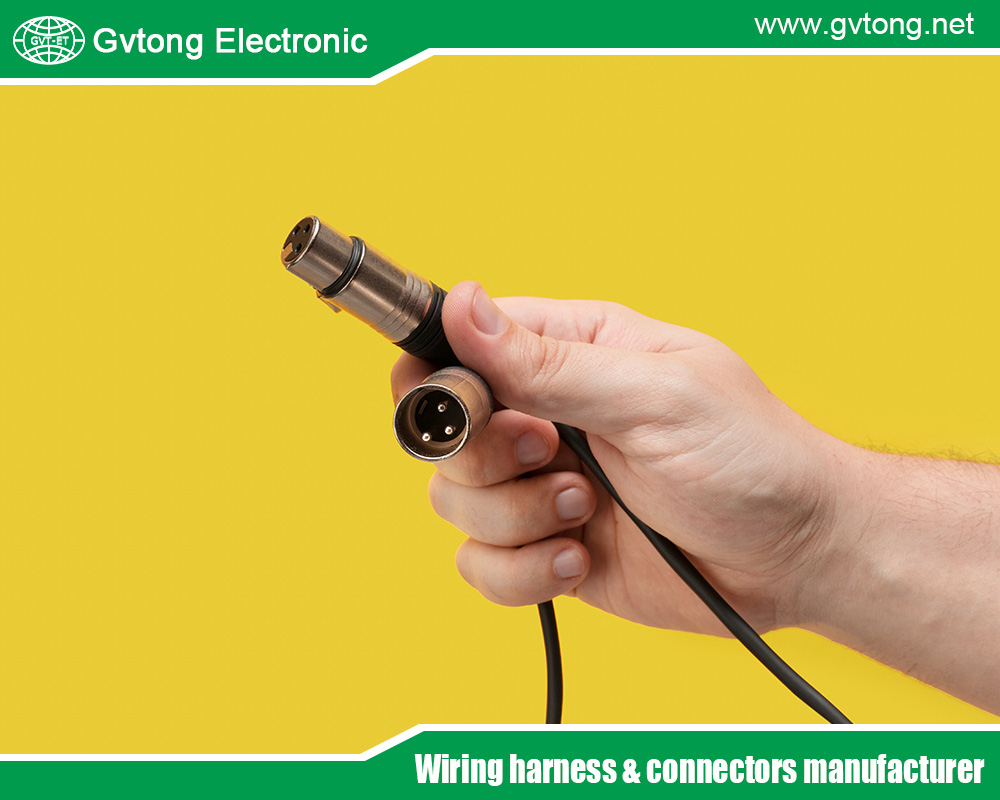
Understanding Scalable Automotive Modular Connectors
Scalable modular connectors represent a paradigm shift in automotive interconnect technology. At their core, these connectors consist of interchangeable modules—housings, terminals, seals, and interfaces—that can be assembled in various configurations. This modularity allows for scalability: engineers can adjust the number of contacts, add shielding for electromagnetic compatibility (EMC), or incorporate hybrid power-data capabilities without starting from scratch.
Technically, these connectors often feature pitches as small as 0.5mm to 2.8mm, supporting data rates from 100 Mbps to 10 Gbps or higher. Materials like high-temperature thermoplastics ensure durability from -40°C to +125°C, while features like positive locking mechanisms and high retention forces prevent disconnections under vibration. For example, TE Connectivity’s MATEnet system uses NanoMQS terminals for automotive-grade robustness, compatible with unshielded twisted pair (UTP) and shielded twisted pair (STP) cables. It supports up to 1 Gbps per IEEE 100BASE-T1 and 1000BASE-T1 standards, with potential for 4 Gbps using advanced modulation.
Benefits are multifaceted. Scalability reduces development time and costs by allowing reuse across vehicle platforms. In EVs, where space is premium, miniaturized designs like ept’s Zero8 connector with a 0.8mm pitch and 6mm stack height optimize PCB real estate by up to 78% compared to older systems. Modularity also enhances serviceability; components can be swapped without rewiring.
In terms of reliability, these connectors undergo rigorous testing for mating cycles (up to 500), current carrying (up to 1.7A per contact), and signal integrity. EMC shielding options mitigate interference in high-data environments. Aptiv’s modular connectors, for instance, accommodate high-speed data ports and terminals, maximizing scalability for zonal architectures. Overall, these connectors bridge the gap between legacy systems and future demands, supporting the integration of AI, 5G, and software-defined vehicles. Their adaptability makes them indispensable for manufacturers aiming to future-proof designs amid regulatory pressures for sustainability and safety.
Applications in EV Battery Management Systems (BMS)
Electric vehicle Battery Management Systems (BMS) are the nerve centers of EV powertrains, overseeing battery cell monitoring, balancing, thermal management, and fault detection. With batteries comprising hundreds of cells at voltages exceeding 800V, connectors must handle high currents, precise data signals, and compact integration. Scalable modular connectors excel here by offering customizable pin counts and orientations, ensuring efficient space use and reliable performance.
A prime example is Molex’s suite of BMS connectors, which are modular and certified to automotive standards. The Mini50 series, with 0.50/1.20mm terminals and up to 38 circuits, provides sealed wire-to-board options for harsh environments. Its scalability allows adaptation to varying battery sizes, from compact urban EVs to heavy-duty trucks. Features like high retention latches ensure connections withstand vibrations, while flexible printed circuits (FPCs) reduce weight and aid heat dissipation.ept’s Zero8 connector further illustrates space optimization in BMS designs. With a 0.8mm pitch and scalable contacts from 12 to 80, it supports 16 Gbps data rates for real-time monitoring. The ScaleX technology offers double-sided contacting for vibration resistance, and optional EMC shielding protects against interference from nearby power electronics. This results in a 55% reduction in crimp length and 78% smaller packaging, crucial for densely packed battery modules.
In practice, these connectors enable advanced BMS functions like cell-to-pack integration, where individual cell data feeds into central controllers. For inverters and power electronics, Amphenol’s solutions provide high-voltage capabilities with USCAR certification. Scalability supports modular battery packs, allowing easy expansion for longer ranges.
Benefits include improved safety—reliable connections prevent thermal runaways—and efficiency, as lighter connectors enhance vehicle range. In a typical EV BMS, modular designs reduce wiring harness complexity by 20-30%, cutting assembly time. Future-proofing is key; as solid-state batteries emerge, these connectors can adapt to higher densities without redesign.
Case studies show adoption: Tesla and BMW use similar modular systems for BMS scalability across models. Challenges like high-voltage isolation are addressed through insulated housings and creepage distances compliant with ISO standards.
In summary, scalable modular connectors are perfect for EV BMS, balancing miniaturization with robustness to drive the electrification revolution.
Applications in Smart Cockpits
Smart cockpits transform vehicle interiors into interactive hubs, merging infotainment, navigation, ADAS displays, and personalized user experiences. With multiple screens, voice controls, and connectivity to external devices, these systems require connectors that support high-bandwidth data, power distribution, and modular upgrades. Scalable automotive modular connectors fit perfectly, offering flexibility for evolving cockpit designs.
A smart cockpit typically integrates head-up displays (HUDs), instrument clusters, and central infotainment units, demanding low-latency connections. Molex’s high-performance ADAS connectors are scalable and space-efficient, with modular designs for easy integration of technologies like cameras and sensors. The ConnTAK50 series, with 0.50mm terminals and up to 22 circuits, enables wire-to-board connections in compact spaces, supporting upgrades without full redesigns.
TE Connectivity’s modular hybrid systems cater to zonal architectures in smart cockpits, combining power, signal, and data in one connector. This scalability allows for multi-port frames, ideal for connecting multiple displays or haptic interfaces. Bosch’s cockpit integration platform uses similar modular connectors for adaptability across vehicle segments, ensuring seamless HMI (human-machine interface) experiences. In applications, these connectors facilitate high-speed links for 4K displays and AR navigation. For instance, Renesas’ cockpit solutions leverage scalable SOCs with modular interconnects for high-end computing. Benefits include reduced cable clutter, enhancing aesthetics and reliability. In high-temperature zones near dashboards, connectors like those from Infineon withstand extremes while providing connectivity for AI-driven personalization. SLK Technologies’ RF connectors support entertainment modules and HUDs, with modular designs for easy scalability. Challenges like EMC in dense electronics are mitigated by shielded variants.
Overall, these connectors enable smarter, more intuitive cockpits, improving driver safety and comfort through modular, future-ready designs.
Applications in Automotive Ethernet
Automotive Ethernet has revolutionized in-vehicle networking, replacing legacy protocols like CAN with high-speed, low-latency alternatives for connected vehicles. Scalable automotive modular connectors are essential, supporting data-intensive features like autonomous driving and infotainment streaming.
TE’s MATEnet connectors are tailored for Ethernet, offering modularity with up to 10 positions in straight or right-angle mounts. They enable 1 Gbps over UTP/STP, suitable for surround cameras and LIDAR. Amphenol’s NETBridge supports 100 Mbps to 1 Gbps, with a compact design for -40°C to +100°C operation. Yamaichi’s Y-HDE series handles 10 Gbps+, compatible with 100BASE-T1 and 1000BASE-T1. Infineon’s Ethernet switches provide scalable connectivity from 10 Mbps to 10 Gbps. In smart vehicles, these connectors enable zonal networking, reducing wiring weight by 30%. JAE’s MX74 series supports ADAS Ethernet in ECUs. Benefits include cost-efficient high-bandwidth, as in Ennovi’s 10GBASE-T1 adaptations. Kyocera AVX’s 6781 series offers 1 Gbps in a 1.8mm pitch for UTP/STP. Future trends point to multi-gigabit Ethernet for 5G integration.
These connectors make Ethernet viable for EVs and autonomous cars, ensuring reliable, scalable data flow.
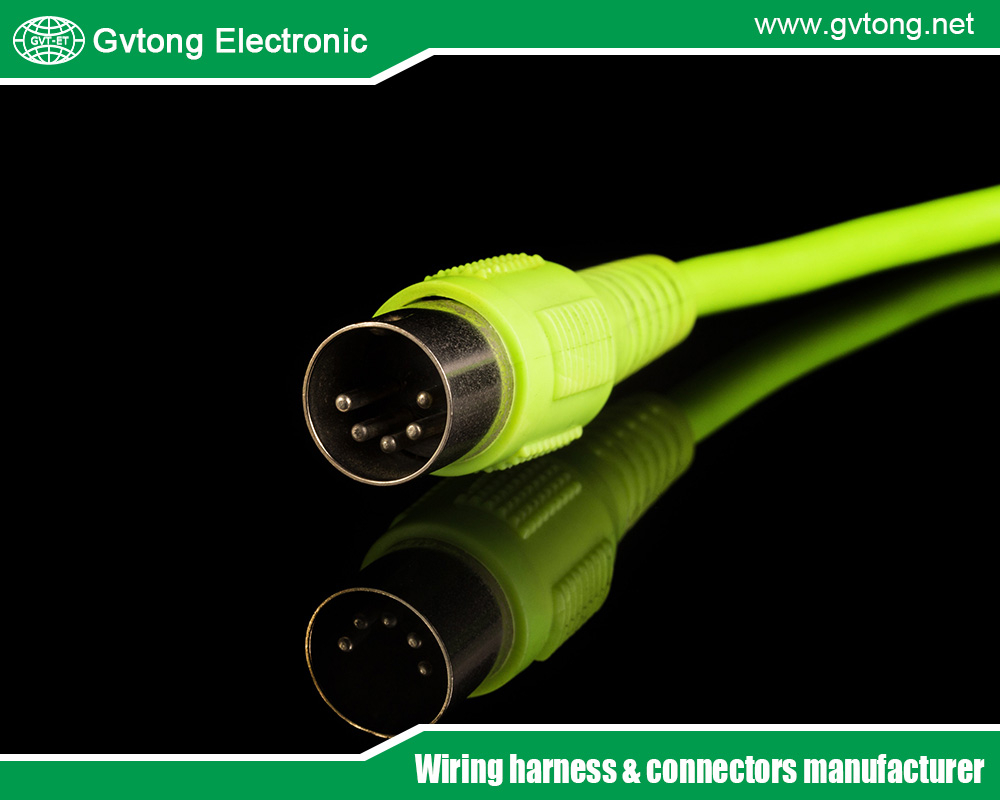
Conclusion
Scalable automotive modular connectors are transforming vehicle design, perfectly suited for EV BMS, smart cockpits, and Ethernet applications. Their modularity drives efficiency, safety, and innovation. As the industry advances toward fully autonomous and connected mobility, these connectors will remain pivotal, adapting to new challenges and technologies.
For more about the scalable automotive modular connectors: perfect for EV BMS, smart cockpit & ethernet applications, you can pay a visit to Gvtong at https://www.gvtong.net/ for more info.
Recent Posts
Recommend the Best ADAS Automotive Connector Manufacturers in China
What is an Electrical Distribution System and How to Choose It
The Top Automotive Electrical Connectors Manufacturers You Want to Know
How to Choose the Best Automotive Connector Suppliers in Vietnam
The Best High Current Connectors Automotive Manufacturer in China
What is an Oil-Resistant Automotive Connector?
Tags
Recommended Products
-
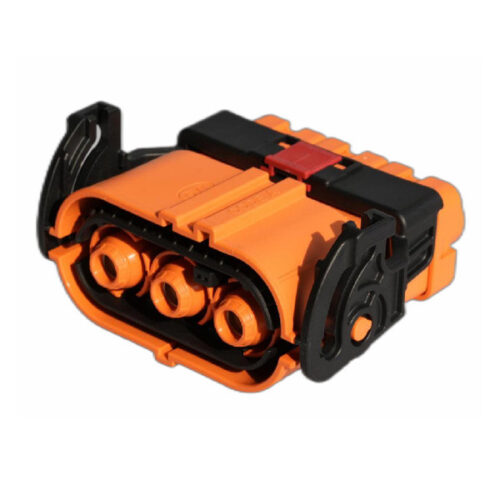
GH800 Series-3-core plastic high voltage connector
-
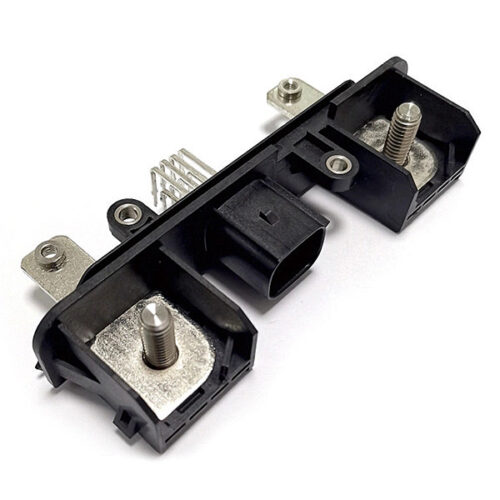
Combined power connector-(2+8) core
-

Automotive RF MINI FAKRA Four-Core Connector, Quad Port, PCB Through Hole, Right Angle, Plug, 50 Ohm
-
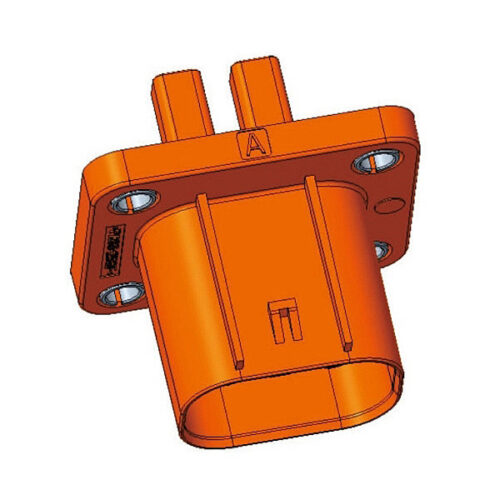
High voltage connector-2 core
-
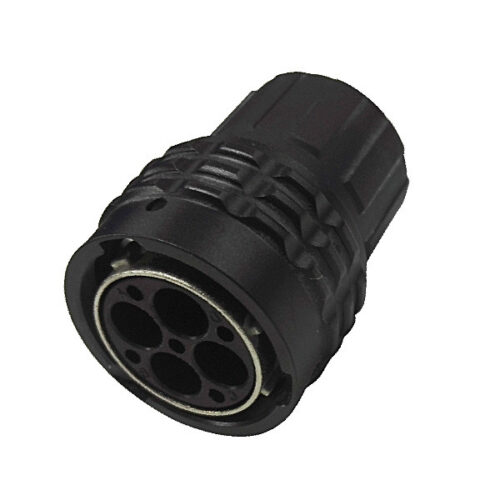
GR Series-4-core 16# circular signal connector
-
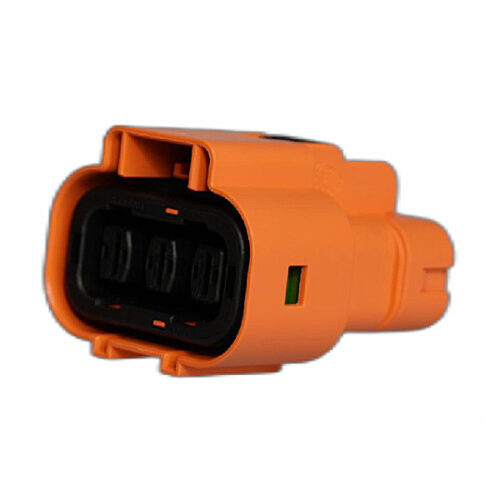
H630 Series-3-core plastic high voltage connector
-

GE Series-2-core cylinder connector
-
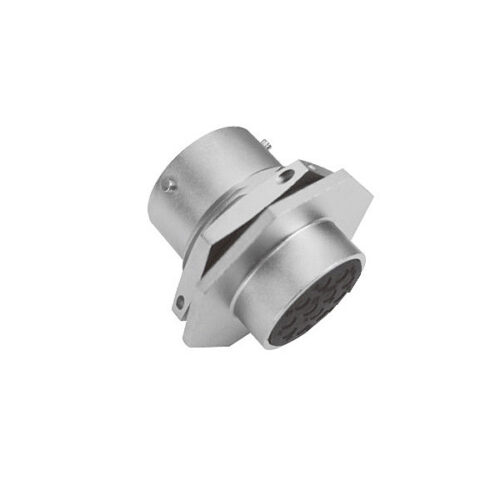
Signal connector-12 core-14#
